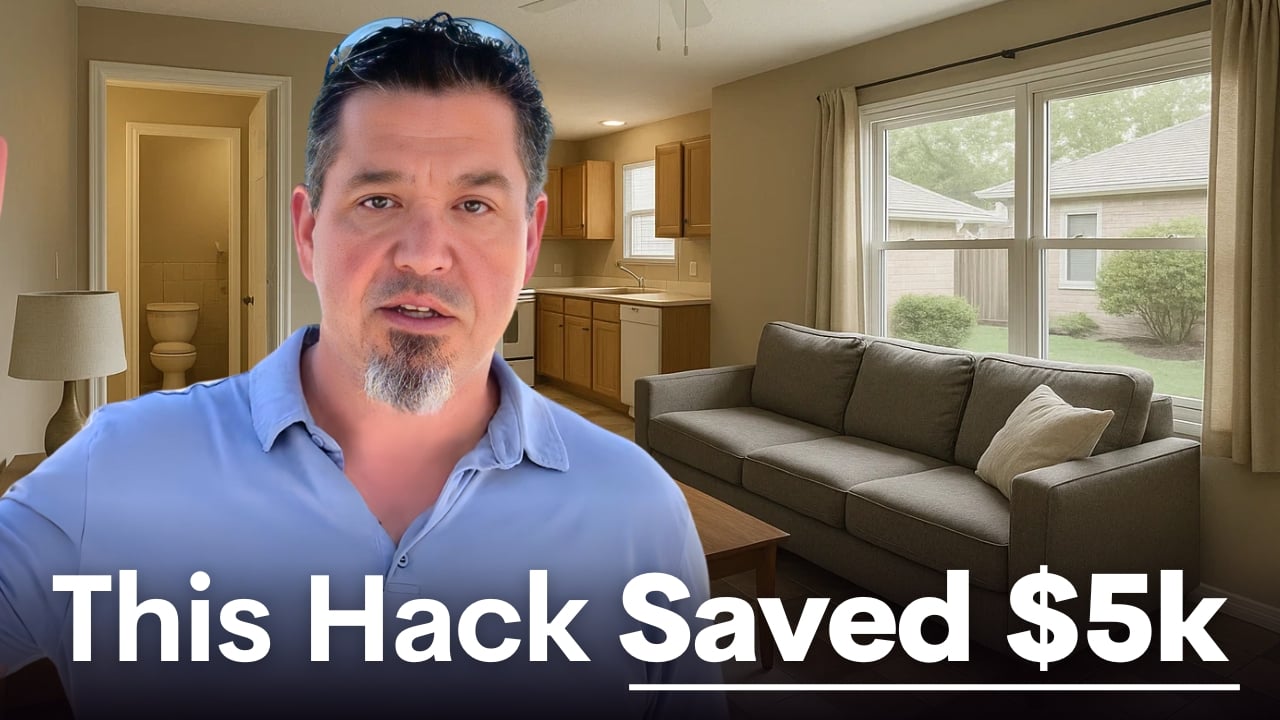Smart planning and reuse of materials can help you complete necessary repairs and keep cash flow steady. Learn to prioritize "must-fix" vs. "nice-to-have" repairs to protect your budget.
Many landlords think that after a major repair, such as a foundation fix, a full-scale, expensive remodel is inevitable. The truth is, strategic thinking can save your budget and keep your property profitable. I recently managed a turnover for a single-story home on two acres in Hutto, where the foundation had settled after years of drought. Here’s how we tackled the necessary renovations without breaking the bank.
The foundation domino effect. Foundation work often causes secondary damage. In this case, we were left with cracked sheetrock and, most notably, broken floor tiles throughout the home. The immediate instinct is to replace everything, but that’s a fast way to blow your budget. The key is to assess what must be done versus what can be done, focusing on durability and aesthetics for a rental, not perfection.
The tile-swapping hack that saved thousands. The primary bathroom had significant tile damage from a slab leak. Instead of embarking on a costly full bathroom remodel, we got creative. The bathroom tile originally wrapped around a nearby closet. We made the strategic decision to remove the undamaged tile from that closet and use it to repair the visible, high-traffic area of the bathroom. This repurposing hack saved thousands and allowed us to restore the bathroom to a rent-ready state.
“Assess what must be done versus what can be done, focus on durability and aesthetics for a rental, not perfection.”
Matching and blending for a seamless look. For other cracked tiles in the main areas, finding a perfect match was impossible. However, we noticed the original tile pattern had a random, non-repeating design. By sourcing tiles of the same color and size, the replacements blended into the existing pattern. To anyone walking through, the floor looks uniform and well-maintained, proving that a 100% perfect match isn't always necessary for a successful rental.
Prioritizing the budget for maximum impact. The owner had to be dynamic. With a large 2-acre lot in need of landscaping, funds had to be allocated wisely. We prioritized fixing the essential interior issues to make the home livable and safe. By saving money on the tile, we freed up the budget to address the exterior, making the entire property attractive to potential tenants. For rentals, durability and functionality often trump high-end upgrades.
The final decision: rent vs. sell strategy. It's crucial to align your renovations with your goal. If this property were being sold, a full tile replacement might have been recommended to achieve top dollar. But for a rental? The repaired, solid, and great-looking tile is a win. The home is now a durable, pet-friendly rental with no carpet, ready for its next tenants.
Navigating these decisions requires experience and a focus on your bottom line. If you're facing a challenging turnover or need help making strategic renovation choices, I'm here to help. To talk about your property and how we can manage it for success, call 512-587-4050, email [email protected], or visit https://savvyreg.com/. Don't just manage properties, manage them strategically.

